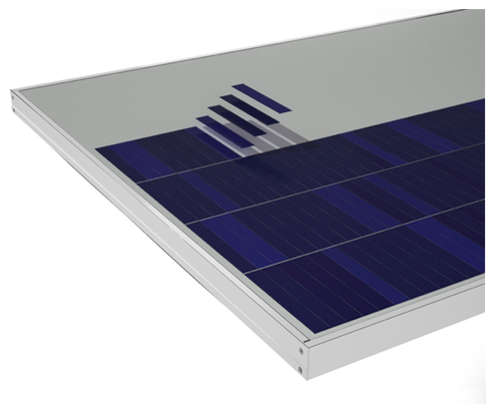When complete in mid-2020, the 349 MW Limondale utility scale PV project in NSW will be Australia’s largest. Work on the project, which is being developed by innogy with Belectric as EPC, began in late September. Late last month, U.S.-headquartered module maker SunPower was selected as the module supplier – with its Performance Series (P-Series) modules to be deployed.

Photo: SunPower
“For large utility scale projects like Limondale, you can imagine that competition is intense to be selected for PV supply,” SunPower Australia MD Chris O’Brien told pv magazine Australia. “SunPower succeeded thanks to our P-series products that offer competitive LCOE, highest efficiency, and also a long-term quality 25-year product warranty, compared to the market average of 10-12 years.”
The project will be the largest project globally to use SunPower’s P-Series. The P-Series is a technological departure from SunPower’s high efficiency E-Series modules, which deploy Interdigitated Back Contact (IBC) n-type solar cells – branded Maxeon by the company.
The P-Series uses shingled module technology, which involves cutting mass-produced mono or multicrystalline p-type solar cells into six strips, and then assembling them using a conductive adhesive. SunPower acquired its shingled module technology from Cogenra in 2015, and has since taken legal action in an attempt to defend its IP.

The power output advantage of the P-Series is evident in its output range of 380W – 405W, delivered on a conversion efficiency up to 19%. In short, standard p-type cells produced more cheaply and with lower efficiency than its Maxeon IBC cells can still deliver high module power in a shingled module configuration.
An additional advantage is the ‘linear shading response’ of the P-Series, by virtue of its parallel circuit design – reducing the impact of partial shading. This, SunPower claims, allows modules to directly track the sun rather than back-tracking to avoid row-to-row shading – in single-axis tracking applications. At present, single-axis tracking is near ubiquitous in Australian utility scale applications.

In terms of the Limondale project, O’Brien indicates this made the P-Series attractive to EPC Belectric. “It was an advantage that SunPower solar would deliver the same megawatts with fewer mechanical components and piles and at wider row spacing, reducing near shade losses and boosting yield,” said O’Brien. The P-Series is available in 1500V.
SunPower began shipping its P-Series modules to the C&I market segment in Australia in late 2017. “Major real estate and property developers have become key customers as they are attracted by our differentiated 25 year product and power warranty,” said O’Brien. The company reports that it has shipped 1 GW of the P-Series to date globally.
SunPower will begin supplying P-Series modules, produced at its JV production facility in China, to Limondale in January 2019 – with shipments to continue throughout the year.
“We’ve seen strong bookings for our P-19 and providing our solar solution for Australia’s largest solar project to date, speaks for itself,” said O’Brien. “It’s fitting for SunPower to be involved in the largest utility power plant in Australia since we also developed the first utility scale solar plants in Australia with Horizon Energy back in 2009 and Power & Water Corporation in 2010.”
Last week it was announced the SMA will supply inverters to Limondale.
This article was updated on 20/11/2018 to correct the P-Series’ power output and efficiency.
This content is protected by copyright and may not be reused. If you want to cooperate with us and would like to reuse some of our content, please contact: editors@pv-magazine.com.









By submitting this form you agree to pv magazine using your data for the purposes of publishing your comment.
Your personal data will only be disclosed or otherwise transmitted to third parties for the purposes of spam filtering or if this is necessary for technical maintenance of the website. Any other transfer to third parties will not take place unless this is justified on the basis of applicable data protection regulations or if pv magazine is legally obliged to do so.
You may revoke this consent at any time with effect for the future, in which case your personal data will be deleted immediately. Otherwise, your data will be deleted if pv magazine has processed your request or the purpose of data storage is fulfilled.
Further information on data privacy can be found in our Data Protection Policy.